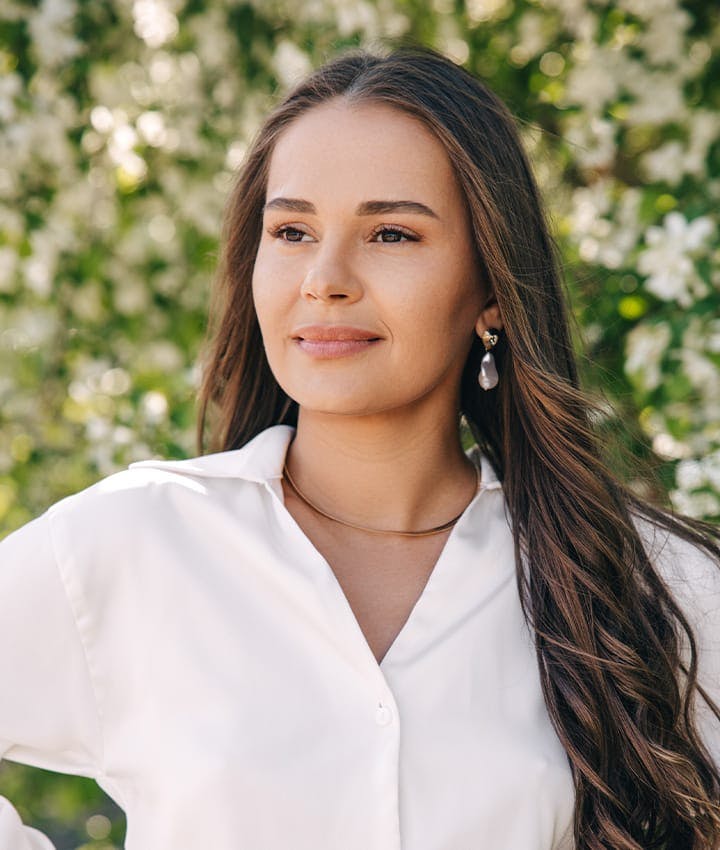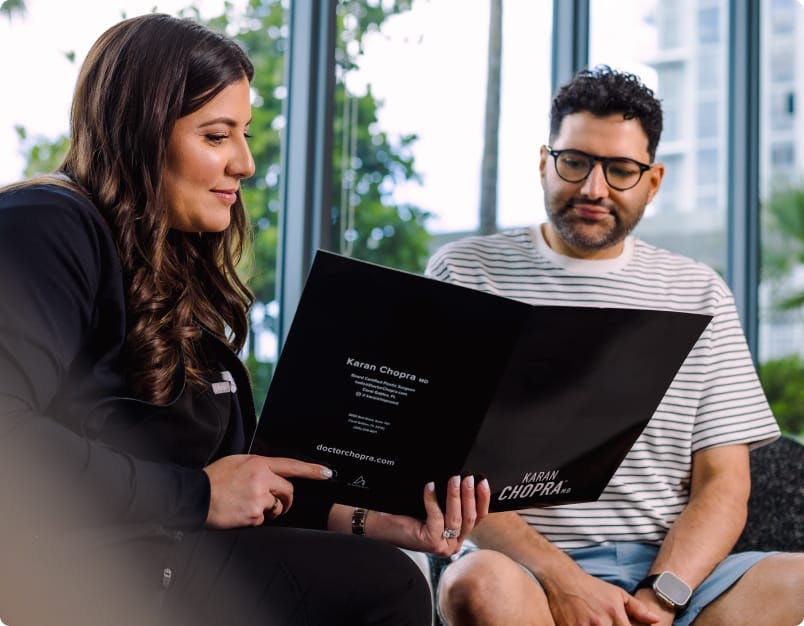If you’re looking for a way to enjoy exciting facial rejuvenation with minimal downtime, the ponytail facelift may be ideal for you.
Why Get a Ponytail Facelift?
Many of our patients opt for the ponytail facelift when they feel as though they’re ready for some exciting facial rejuvenation but don’t quite feel like their goals are extensive enough to warrant a full facelift. It’s also ideal for anyone who would rather not deal with the recovery time that can sometimes follow the traditional facelift procedure.
The ponytail facelift can help you rejuvenate your look by addressing the following issues:
- Fine lines
- Wrinkles
- Drooping
- Sagging
- Volume loss









